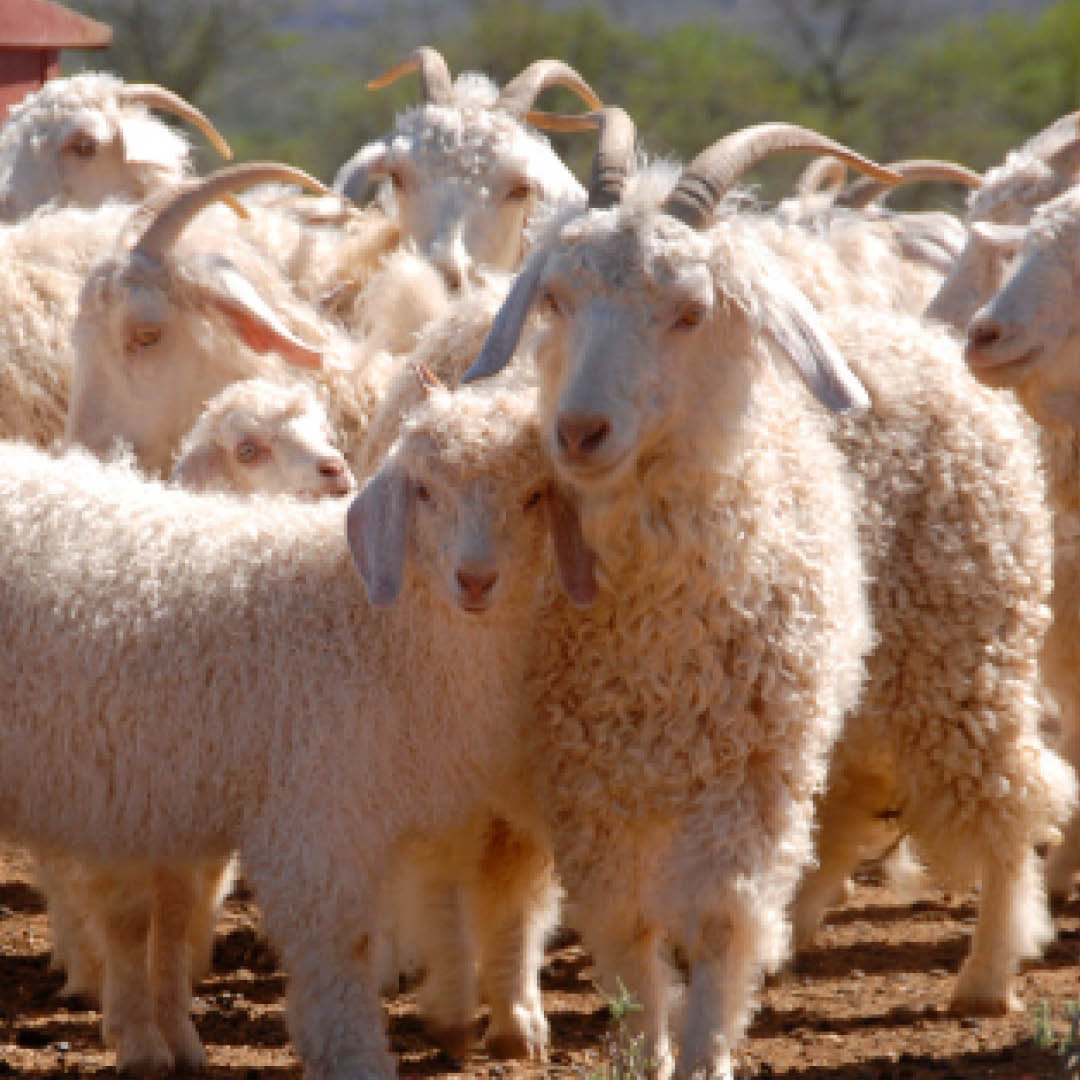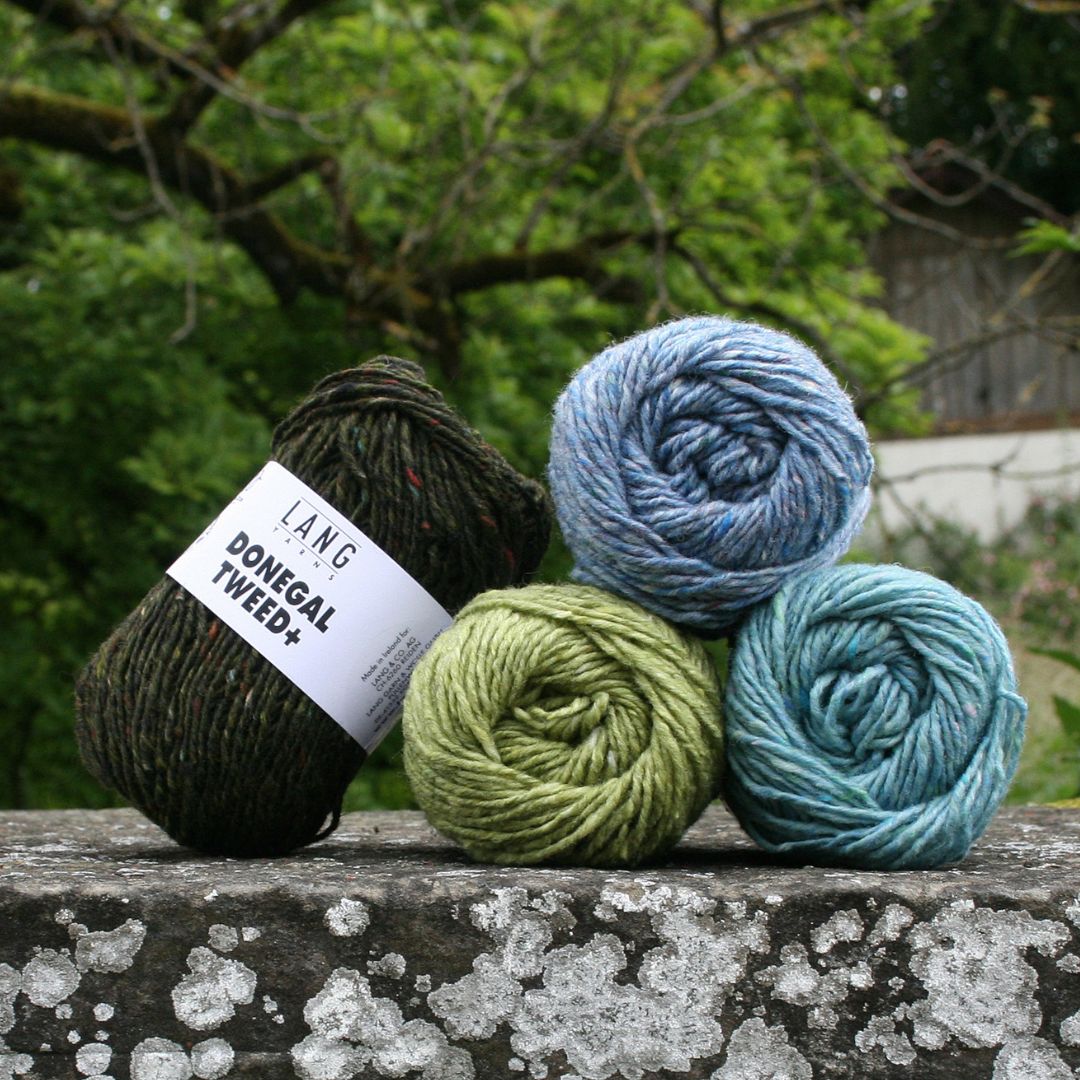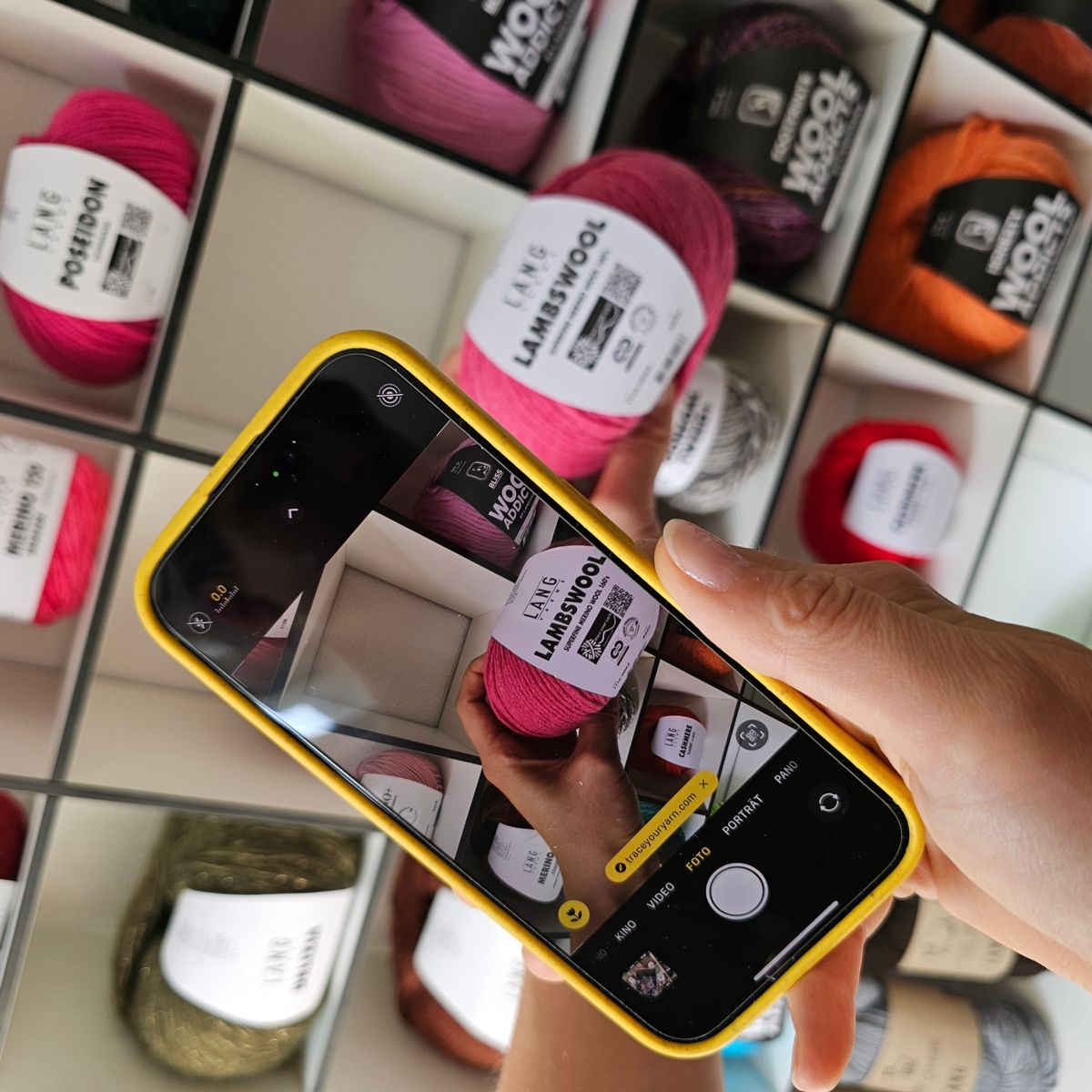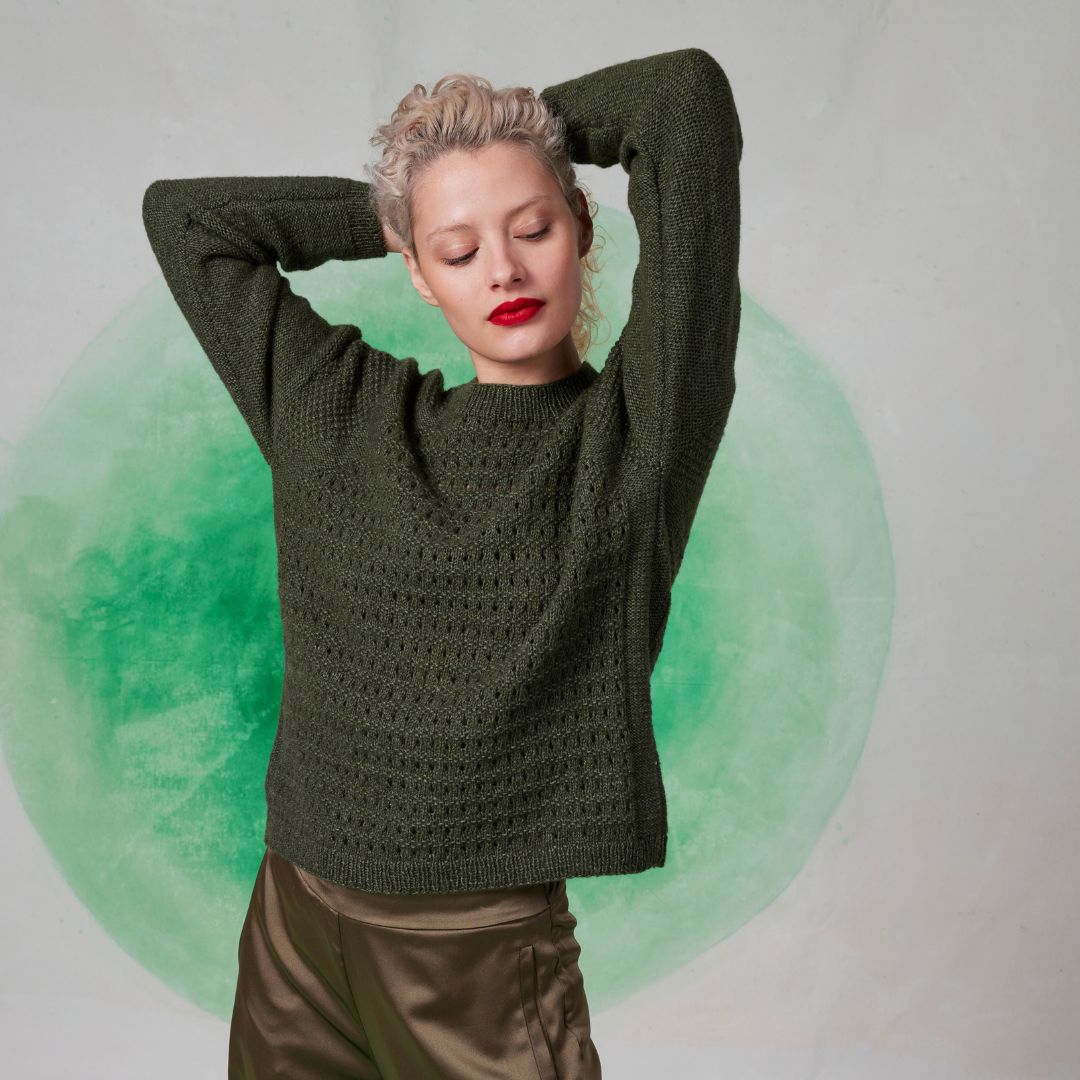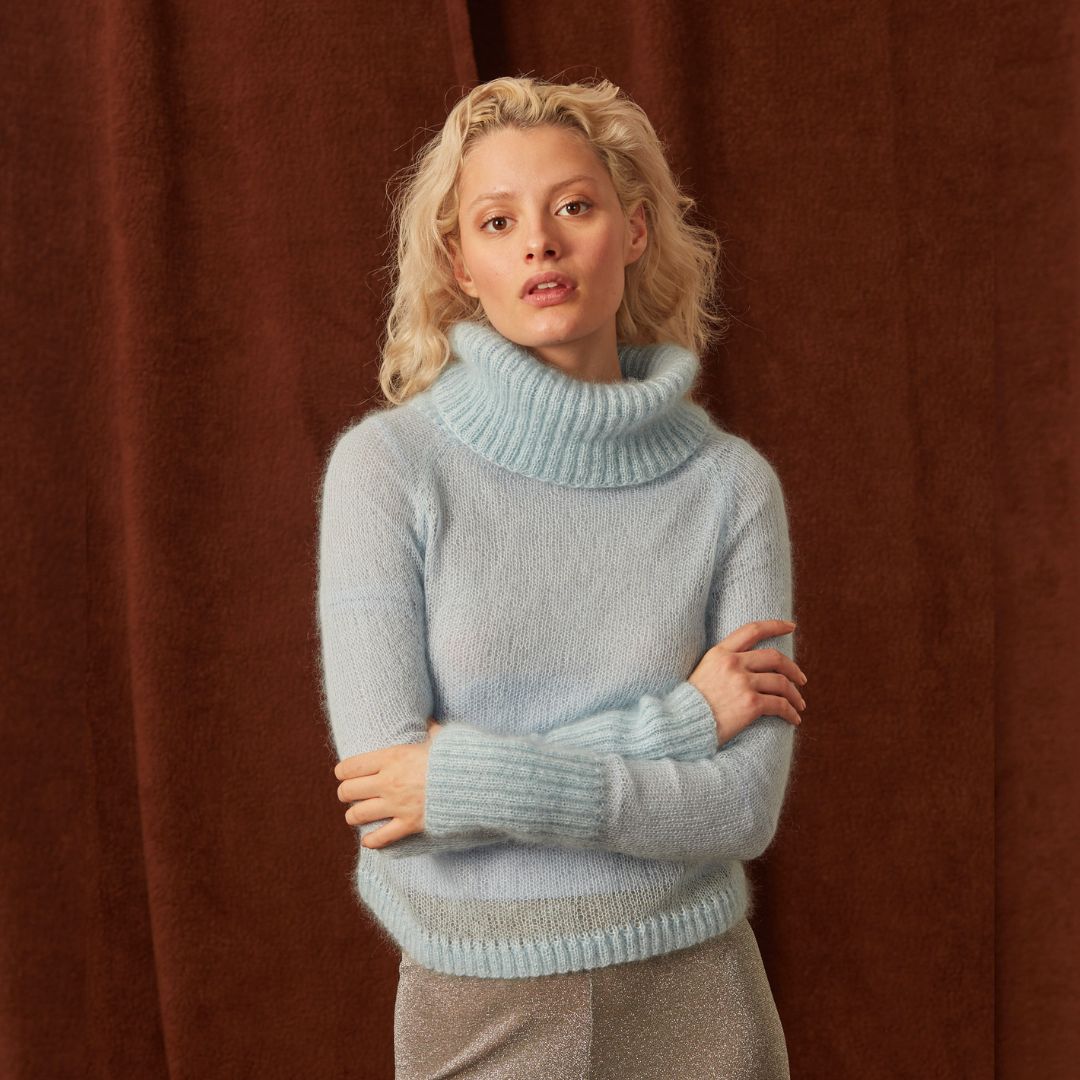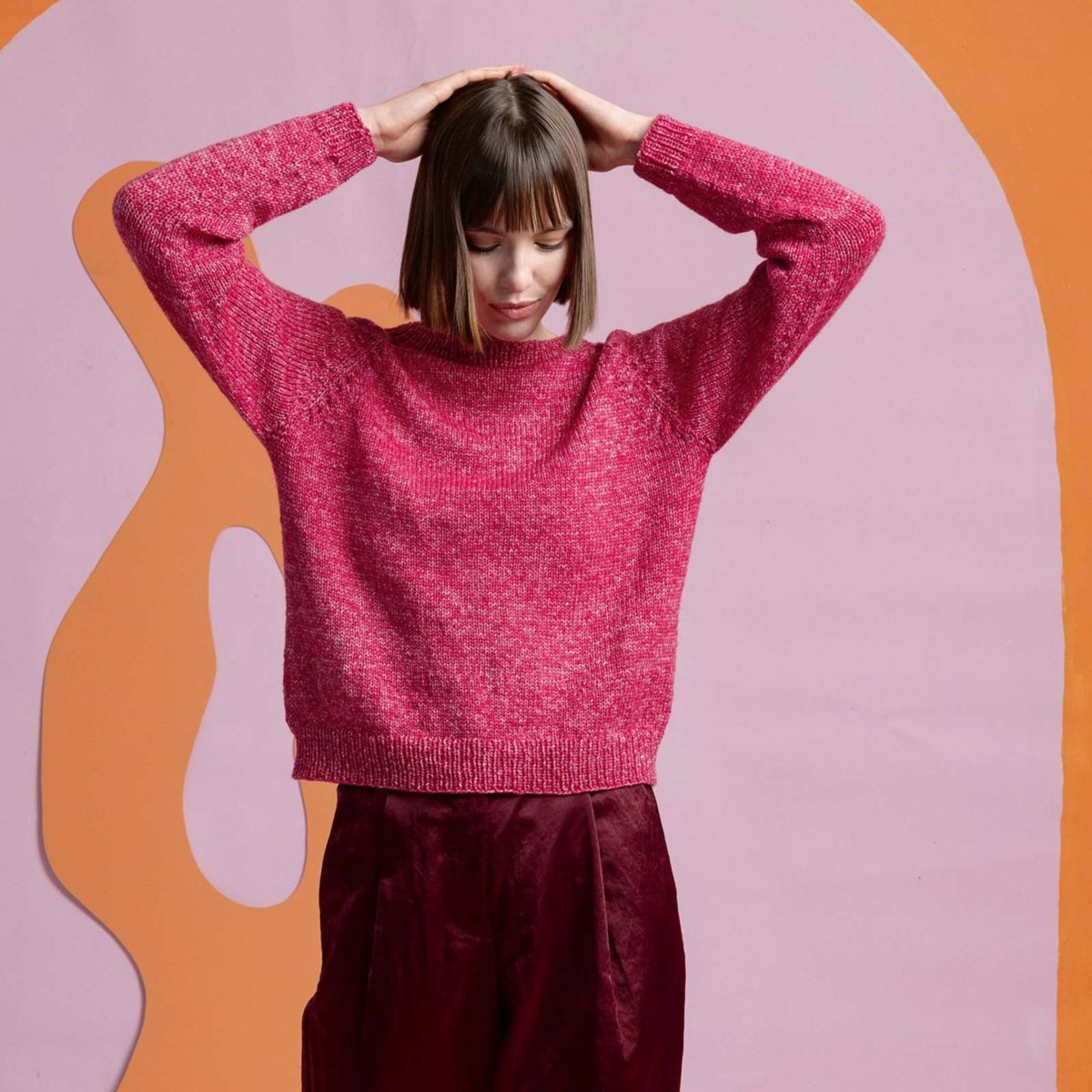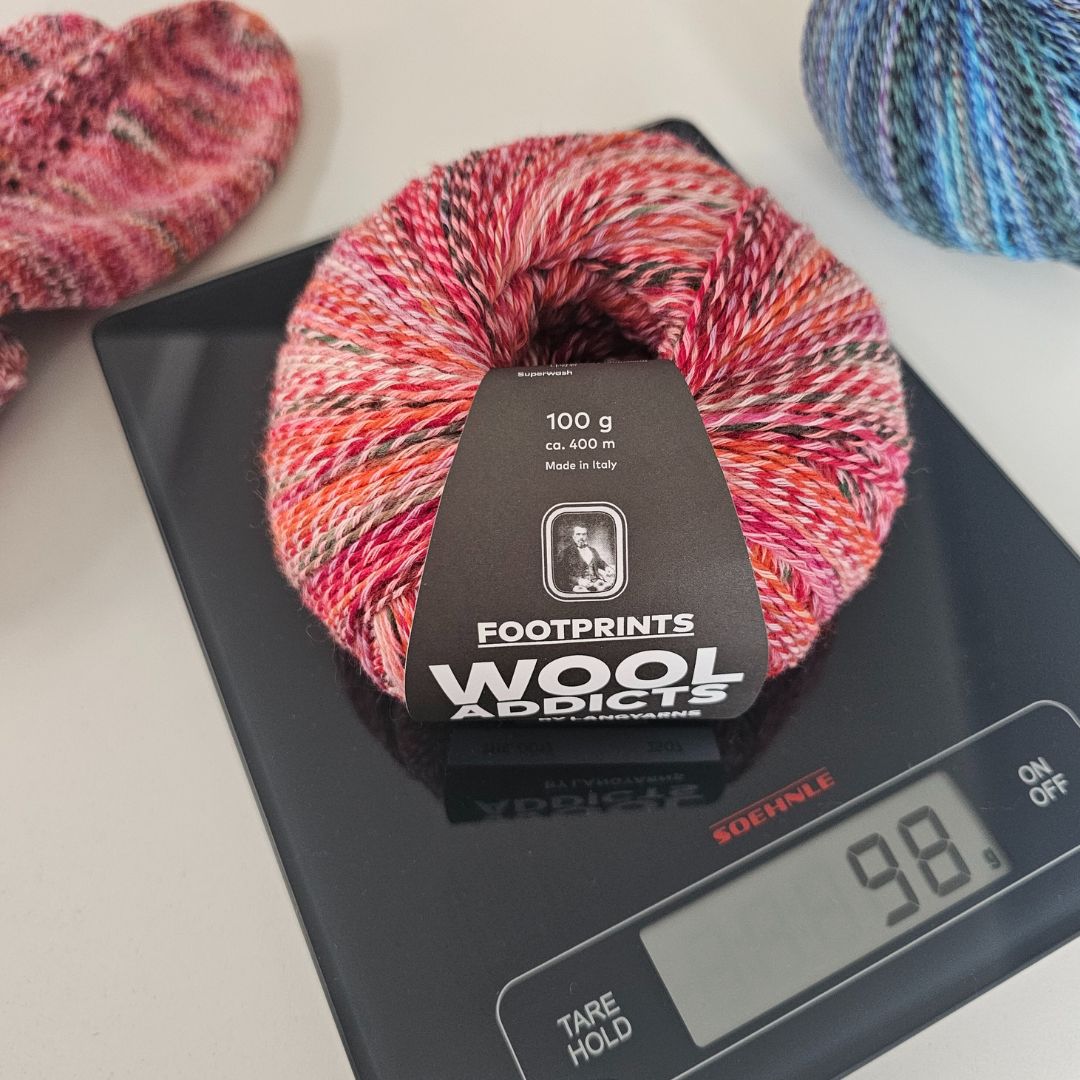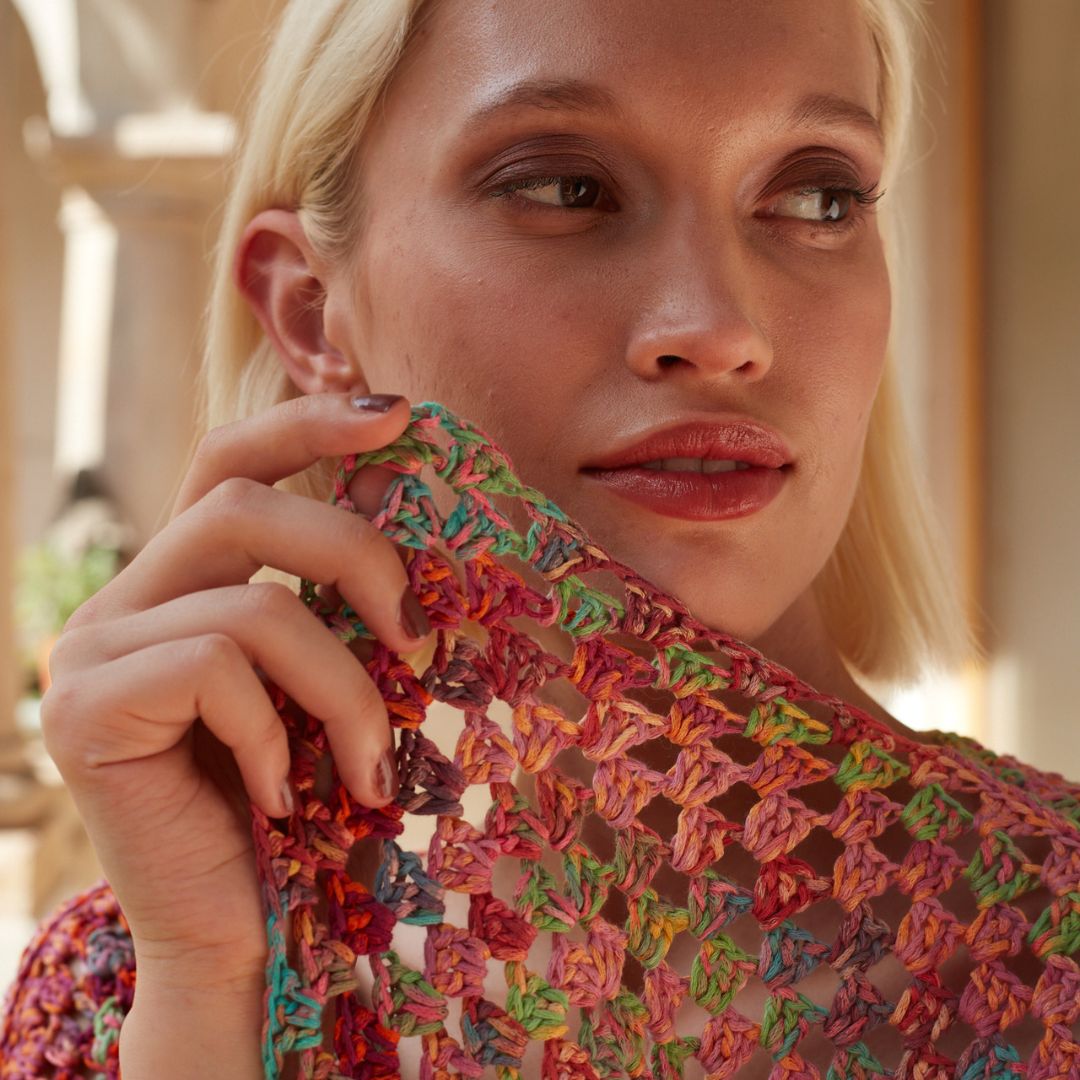One of the textile fibres, Cupro is known as vegan silk. This viscose is produced from the cellulose of cotton lint, which arises as waste from cotton production. Cupro is a unique material that combines the versatility of natural fibres with the durability of a synthetic fibre. With its shimmering, smooth surface, the fibre is reminiscent of silk, with a luxurious sheen and a fineness about it. Thanks to a crimp similar to that of merino wool, Cupro fibre has a soft and woolly handle.
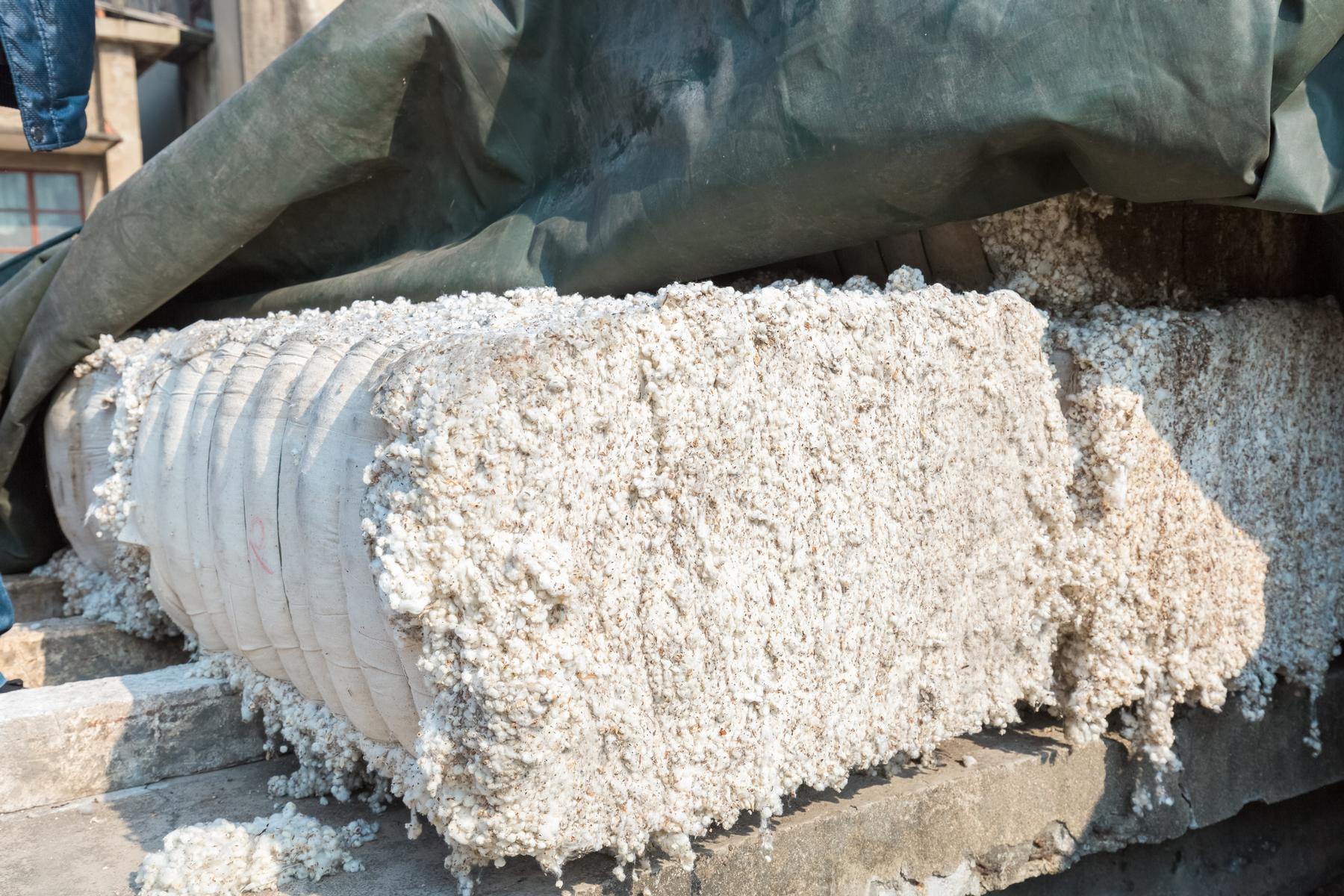
Cupro is an eco-friendly material, as well as being organically produced it is also compostable. The cellulose fibre is produced in a closed, circular system, which allows important chemicals to be recovered and reused without releasing toxic substances at the same time. These yarns are produced by mixing the cotton lint in a copper salt-ammonia solution. From this a deep blue, viscous spinning fluid, which is filtered and forced through nozzles. In the wet spinning process, the mixture is consolidated into an endless thread. After spinning, the copper and ammonia is washed out of the filament and returned to the production cycle.
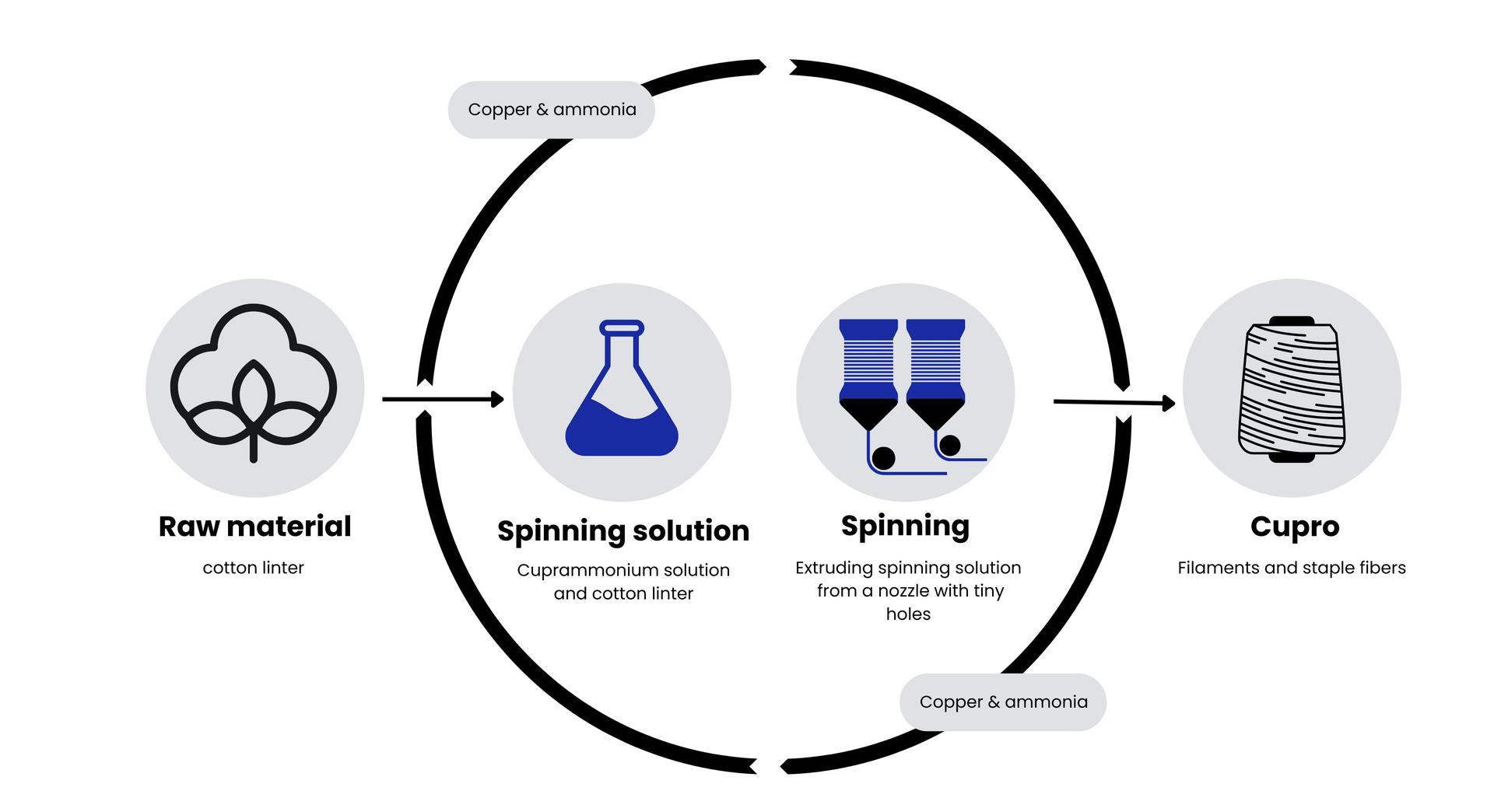
Filaments of Cupro and spun fibres can be employed in the production of a wide range of textiles. They combine easily with other materials and can be further processed to create innovative new yarns.
Cupro fibres display the following characteristics:
· They feel soft and smooth.
· They regulate body heat, they have an insulating effect on cold days and a cooling effect in hot weather.
· The fibre has a round cross-section and an even surface with a good lustre.
· The fibres take colour pigments particularly well, so dyeing produces brilliant colours.
· They regulate moisture when worn: wicking moisture away from the skin and releasing it.
· They will not be charged with static.
· Dust and pollen have difficulty in adhering to the fibre, which makes it hypoallergenic.
· The fibre has a good breaking strength.
· The fibres are wrinkle-resistant.
Vegan silk was used in the 20th century to produce ladies’ stockings, underwear and curtains. The rise of synthetic fibres and the environmentally damaging production of Cupro at the time, meant that this material fell out of use in the 1960s and many companies ceased producing Cupro.
Today, the fibres are only produced by Asahi KASEI Fibers & Textiles in Japan. Since the 1990s, the production process has changed significantly, with the introduction of a closed production cycle the process no longer presents a danger to nature. Today Cupro fibres are increasingly being used in the clothing sector again, and the fashion industry is rediscovering the beneficial characteristics of Cupro. If you knit Cupro yarns into sweaters, tops and cardigans, you create a textile fabric with a good drape that is gentle on the skin and comfortable to wear at all temperatures.
Quellen
Materialarchiv 2024, Cuprofaser, https://materialarchiv.ch/de/ma:material_605?type=all&n=Grundlagen, 13.02.2024.
Asahi Kasei 2024, https://www.asahi-kasei.co.jp/fibers/en/bemberg/sustainability/resource/, 13.02.2024.



